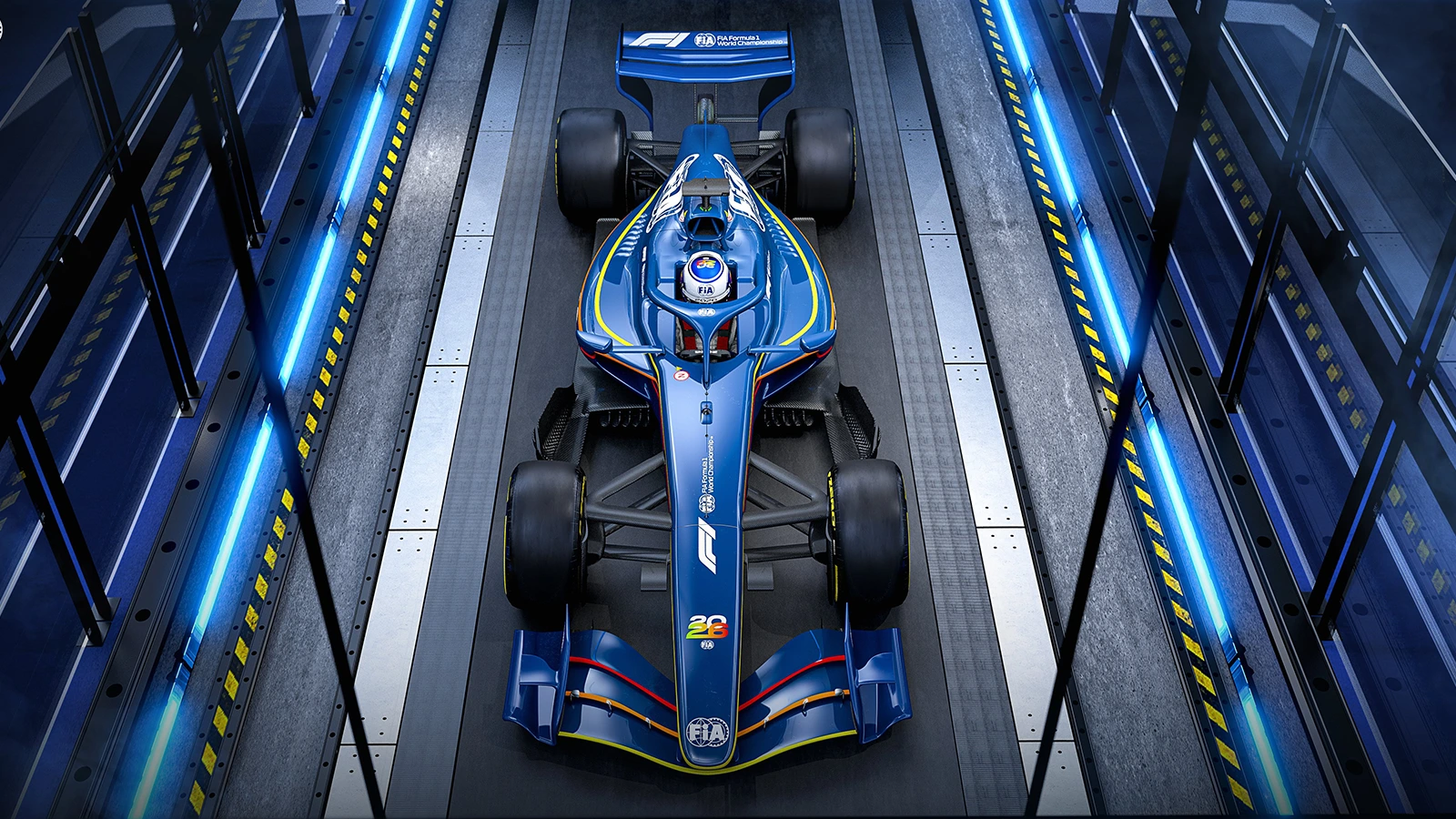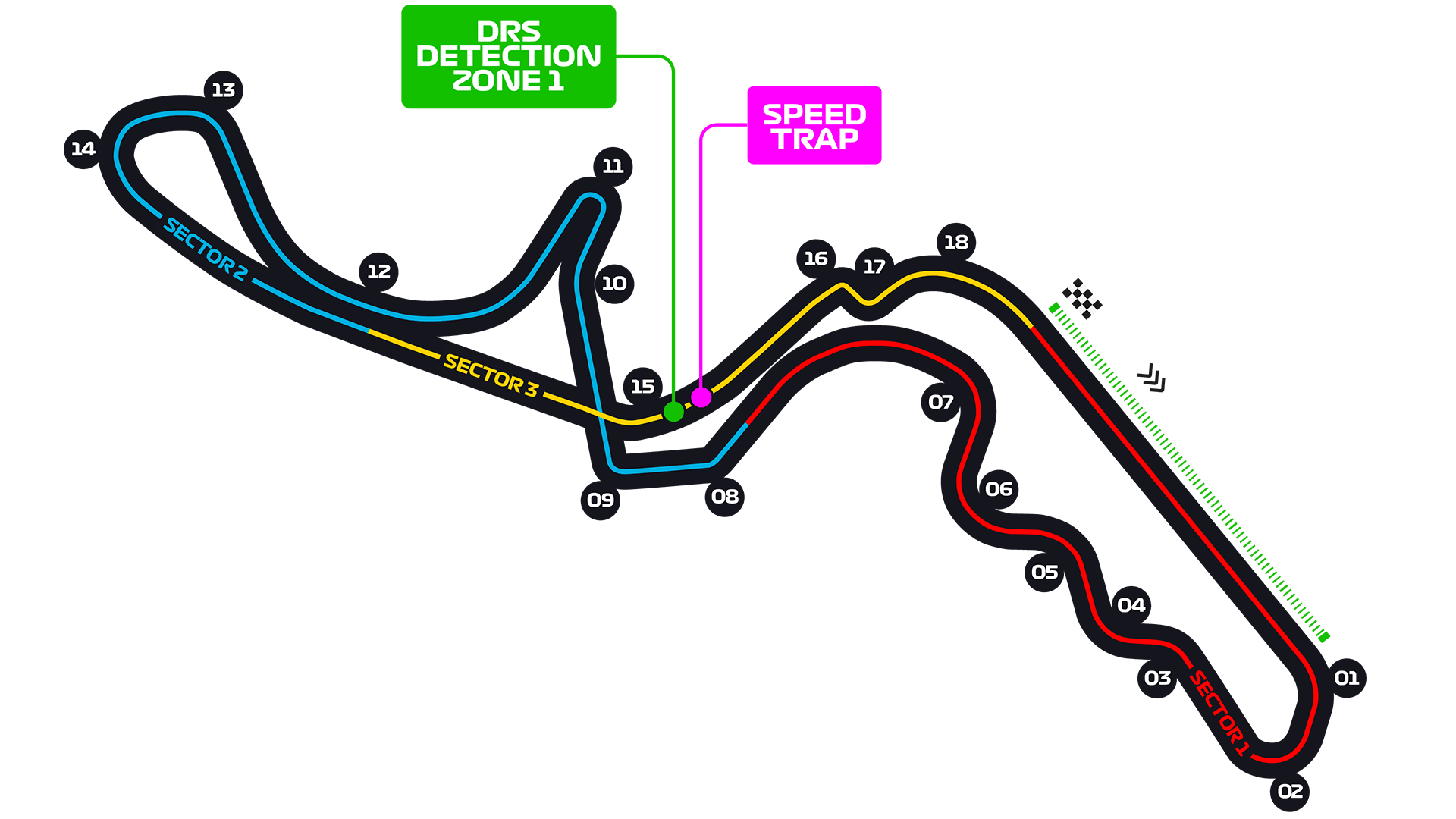Formula 1 2025: The Ultimate Guide to This Season's Top Trends
The 2025 Formula 1 season is already underway with two exciting races completed in Australia and China. This year marks a significant evolution in F1 with new power unit regulations, shifting team dynamics, and technological innovations transforming the pinnacle of motorsport. Let's dive into the key trends that are defining this championship battle.
2025 F1 Championship Calendar
Race Schedule
| Round | Date | Grand Prix | Circuit | Status |
|---|---|---|---|---|
| 1 | Mar 14-16 | Australian Grand Prix | Melbourne | Completed |
| 2 | Mar 21-23 | Chinese Grand Prix | Shanghai | Today |
| 3 | Apr 04-06 | Japanese Grand Prix | Suzuka | Upcoming |
| 4 | Apr 11-13 | Bahrain Grand Prix | Sakhir | Upcoming |
| 5 | Apr 18-20 | Saudi Arabian Grand Prix | Jeddah | Upcoming |
| 6 | May 02-04 | Miami Grand Prix | Miami | Upcoming |
Current Championship Standings

Lando Norris
McLaren
Max Verstappen
Red Bull
Charles Leclerc
FerrariTop 5 Trends Shaping the 2025 Season
1. New Power Unit Regulations
The 2025 season has introduced revolutionary power unit regulations focused on sustainability. Teams are now using 100% sustainable fuels, with increased electrical power components. This shift represents F1's commitment to becoming carbon neutral while driving innovation that could eventually benefit road cars. The new power units have dramatically altered team performance hierarchies, with McLaren and Ferrari gaining significant advantages.
2. Shifting Team Dynamics
The 2025 season has seen remarkable shifts in the competitive order. After four years of domination, Red Bull faces genuine challenges from a resurgent McLaren, who started the season with a stunning victory in Australia. Ferrari's strategic overhaul under new management is bearing fruit, while Mercedes continues its rebuilding phase. The midfield battle has intensified with Aston Martin and Alpine making significant strides forward in performance.
3. Advanced Aerodynamic Concepts
Aerodynamic innovation has reached new heights in 2025. The refined ground effect regulations have allowed teams to develop complex underbody solutions that generate unprecedented levels of downforce. The visible differences between cars are more pronounced than in previous years, with radical concepts emerging. McLaren's innovative sidepod solution and Ferrari's unique floor design showcase how teams are interpreting the regulations in increasingly divergent ways.
4. Rising Star Drivers
The 2025 grid features an exciting mix of established champions and emerging talent. After years of promise, Lando Norris appears ready to mount a serious title challenge with McLaren. Ferrari's young duo of Leclerc and Bearman represent a formidable pairing, while Red Bull's Verstappen remains the benchmark. The rookie class of 2025 has made an immediate impact, particularly Kimi Antonelli at Mercedes, who has shown remarkable maturity and pace in his debut races.
5. Global Expansion & Fan Engagement
Formula 1's global footprint continues to expand in 2025, with the return of the South African Grand Prix at Kyalami marking a historic return to the African continent. The sport's popularity in the United States maintains its upward trajectory with three races (Miami, Austin, and Las Vegas). Enhanced digital experiences and expanded social media presence have created unprecedented fan engagement, with F1's fan base becoming increasingly diverse and global.
Italian Grand Prix Highlights
Race Summary
The Italian Grand Prix delivered a thrilling spectacle for fans, with Max Verstappen overcoming a grid penalty to secure victory after a tense battle with Charles Leclerc. Ferrari's strategy gave them a fighting chance at their home race, but Red Bull's pace proved too strong in the closing stages. Lewis Hamilton completed the podium after a strategic drive from Mercedes, while McLaren's Lando Norris narrowly missed out after a late-race charge through the field.
Key Moments:
- Lap 1: Verstappen jumps from P5 to P3 at the start
- Lap 15: Leclerc pits early, attempting the undercut
- Lap 24: Hamilton executes a brilliant overtake on Sainz at Parabolica
- Lap 42: Verstappen passes Leclerc for the lead with DRS into Turn 1
- Lap 48: Thrilling three-way battle for P4 between Norris, Sainz, and Piastri
Highlight: Australian Grand Prix Recap

The season-opening Australian Grand Prix delivered spectacular racing and unexpected results. McLaren's Lando Norris secured a dominant victory, finishing over 7 seconds ahead of Max Verstappen. The race showcased the effectiveness of the new regulations in enabling closer racing, with multiple overtaking opportunities throughout the field.
Ferrari demonstrated promising pace with Charles Leclerc completing the podium, while Mercedes struggled with tire degradation issues. The midfield battle was equally intense, with Aston Martin scoring valuable points through Fernando Alonso's impressive drive to fifth place.
Top 5 Finishers:
- Lando Norris - McLaren
- Max Verstappen - Red Bull
- Charles Leclerc - Ferrari
- Oscar Piastri - McLaren
- Fernando Alonso - Aston Martin
Technical Innovations Shaping 2025
Active Aerodynamics
The 2025 season marks a revolutionary step in F1 car design with the introduction of limited active aerodynamic elements. Teams can now implement systems that adjust airflow in real-time to optimize performance in different conditions while still maintaining the core challenge of car design within strict parameters.
Key Technical Points:
- Rear wing elements can adjust to three predefined positions
- Front wing flaps feature micro-adjustments for balance control
- Active aerodynamics limited to specific zones on the car
- Systems must operate within safety parameters defined by the FIA

Sustainable Power Units
The 2025 power units represent F1's commitment to sustainability with increased electric power and 100% sustainable fuels. The new generation of engines maintain competitive performance while reducing the sport's carbon footprint dramatically.
Key Technical Points:
- 350kW electric motor capacity (up from 120kW in previous era)
- 100% sustainable fuel with zero net carbon emissions
- Redesigned energy recovery systems with improved efficiency
- Smaller ICE component with higher thermal efficiency

Smart Tire Technology
Pirelli's new smart tires for 2025 integrate advanced sensor technology that provides real-time data on temperature, pressure, and wear. This innovation allows teams to optimize strategy with unprecedented precision while enhancing safety.
Key Technical Points:
- Embedded microchips monitor tire condition in real-time
- Predictive wear analysis through machine learning algorithms
- New compound families designed for greater temperature operating windows
- Enhanced durability allows for more aggressive racing strategies

Race Predictions
Based on performance trends and recent results, here are the key predictions for the upcoming Japanese Grand Prix:
Make Your Prediction
Looking Ahead
As we digest the results from Australia and look forward to the Chinese Grand Prix this weekend, the 2025 F1 season is shaping up to be one of the most competitive in recent memory. The technical regulations have created more variation between teams, resulting in closer racing and unpredictable outcomes.
With McLaren showing tremendous pace, Red Bull fighting to maintain their dominant position, and Ferrari making significant strides, we could be witnessing one of the most exciting three-way battles for both championships in F1 history.
The next few races will be crucial in determining whether the trends we've observed in Australia will continue or if teams like Red Bull and Mercedes can respond with performance upgrades. One thing is certain: Formula 1 in 2025 has all the ingredients for an unforgettable season.
Next Race: Japanese Grand Prix

Suzuka Circuit
Suzuka is one of the most technical and challenging circuits on the F1 calendar, featuring the iconic figure-eight layout with its famous high-speed S curves, Spoon Curve, and 130R. With its mix of high and low-speed corners, it puts drivers and cars to the ultimate test.
Key Factors for 2025:
- High-speed stability will be crucial through the first sector
- Tire management expected to be challenging with the new compounds
- Weather conditions often unpredictable in early April
- Overtaking primarily in Turn 1 and the final chicane




